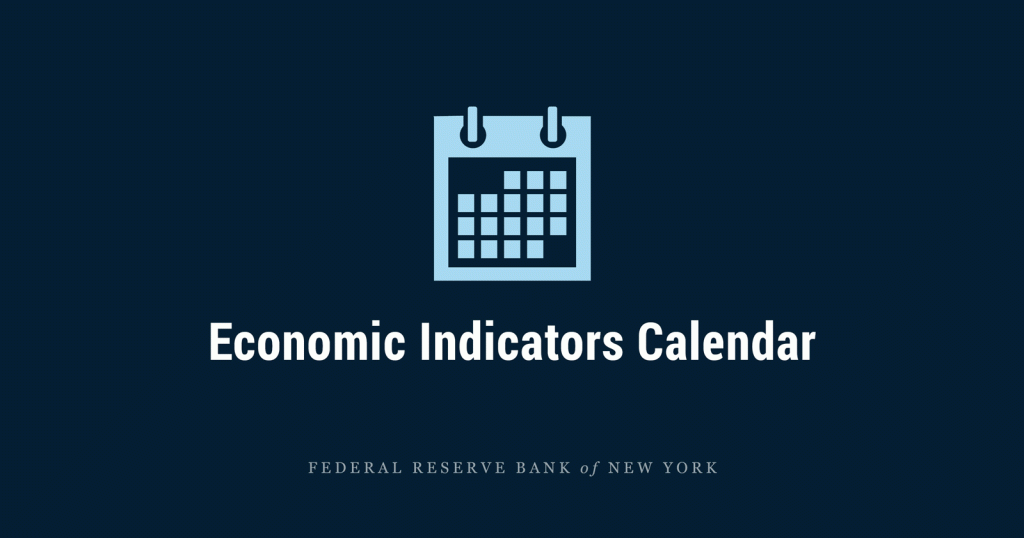How to use economic calendar data?

For better trading along with economic reports, you need to know what the market is focusing on.
In every trading week, a large number of economic indicators are published, but only a few of them move and affect the market. I always see newbies asking questions about how fundamental analysis isn’t useful because they see numbers for US economic data for example that look good in theory but the market doesn’t act according to it and sometimes even acts against it.
The simple reason for this is that the market is not focused on a particular report, or its release is generally in line with market expectations. Actually, the market reacts more to surprising data or specific things that are focused on.
If economic data comes out exactly as expected, we cannot draw any particular conclusions from it unless the details have something to say. In addition, if the market is not focused on economic reports, even if they surprise, there is a high probability that the market will not move much.
Therefore, it’s crucial to understand which economic indicators have the potential to move the market and why. For example, the employment report, also known as the non-farm payroll (NFP), is one of the most significant indicators in the US. It provides a snapshot of the labor market and the overall health of the economy. If the NFP number comes out better than expected, it could boost the US dollar and the stock market. On the other hand, if the number is worse than expected, it could lead to a sell-off in the stock market and a drop in the US dollar.
Market and Trades focus on any surprising print
You should know that the market’s focus on trading is better on economic reports. If the market is focused on employment, it means that the central bank has explicitly stated that it is going to adjust monetary policies accordingly, so inflation reports do not affect the market much, and vice versa.
You should also know where you are in the business cycle. If you’re coming out of a recession, then inflation doesn’t matter much and you should focus more on employment, continued good orders, purchasing managers’ reports (ISMs), building permits, retail sales, etc. If you are at the end of an expansionary cycle and inflation is rising, inflation data will be the most important issue because the central bank will act to contain inflation and these actions will hinder economic growth.
Also, depending on which country the data is related to, its degree and order of importance change. In general, since the United States is the largest economy in the world, data from the United States is the most important. There is a famous phrase that says: When America sneezes, the whole world catches a cold.
This statement is only to emphasize the importance of the economy of the United States of America. So if the US economy does well, it can be a positive risk (as long as the rest of the world isn’t bad) and that’s when US data comes out positively. In 2020, we saw the exit from the Corona crisis.
On the other hand, the weaker and weaker data of the United States of America can cause negative risk and cause the purchase of the US dollar as a safe haven.
Look for expectations from the data, not the data itself
When it comes to analyzing data, it’s important to look beyond the numbers themselves and consider the expectations they carry. For example, these days, evident in the current market focus on inflation data, which reflects the fact that inflation rates in the US are well above the Federal Reserve’s target of 2%. As a result, investors anticipate more contractionary measures from the Federal Reserve, which could have significant implications for economic growth and stability. This is why other data points, such as unemployment claims or EU data, are currently less important to the market – the expectation is that what happens in the US will have a ripple effect on other markets. By understanding the expectations behind data, investors can make more informed decisions and better predict market trends.
In the above example, the main focus of the market is on inflation data, why? Because the inflation rate in the US is more than double the 2% target of the Federal Reserve for inflation.
This, in turn, makes the market expect a faster contractionary process by the Federal Reserve and all the things that can come from it, such as slowing economic growth, policy errors or failures, economic stagnation, etc., and such things are priced in the market. Right now, the market doesn’t care about unemployment claims or some UK or EU data, because whatever happens in the US can spread to other markets.
As you can see, there are many factors to consider when looking at economic data rather than just looking at whether the data came in better or worse than expected, or whether the economic calendar says it’s an impactful or minor event. You need to broaden your horizons and recognize what is important in a particular situation so that you can make a better deal based on published economic data.
Ziwox Terminal | Ziwox calendar | Market Summary



Leave a Reply
You must be logged in to post a comment.